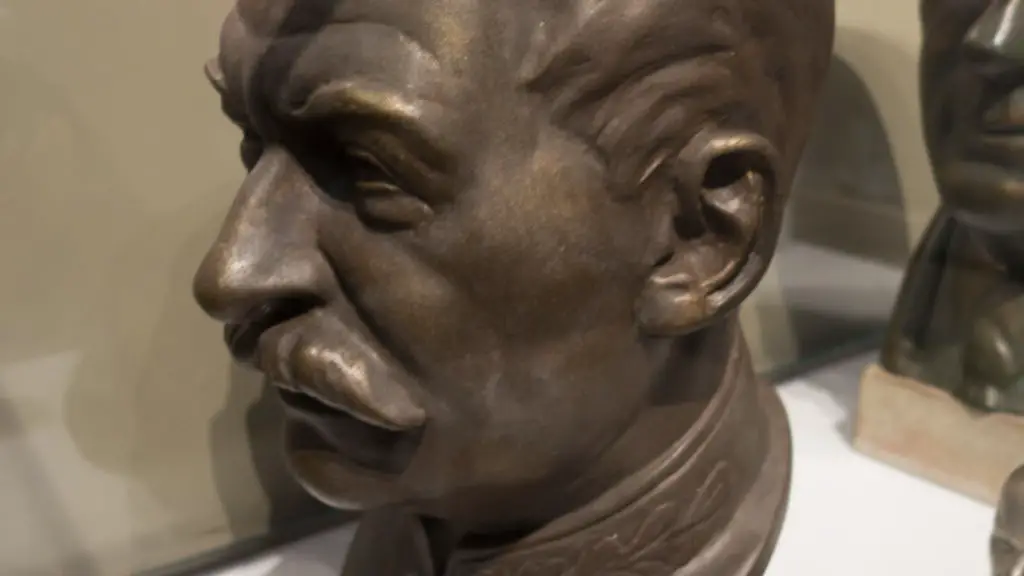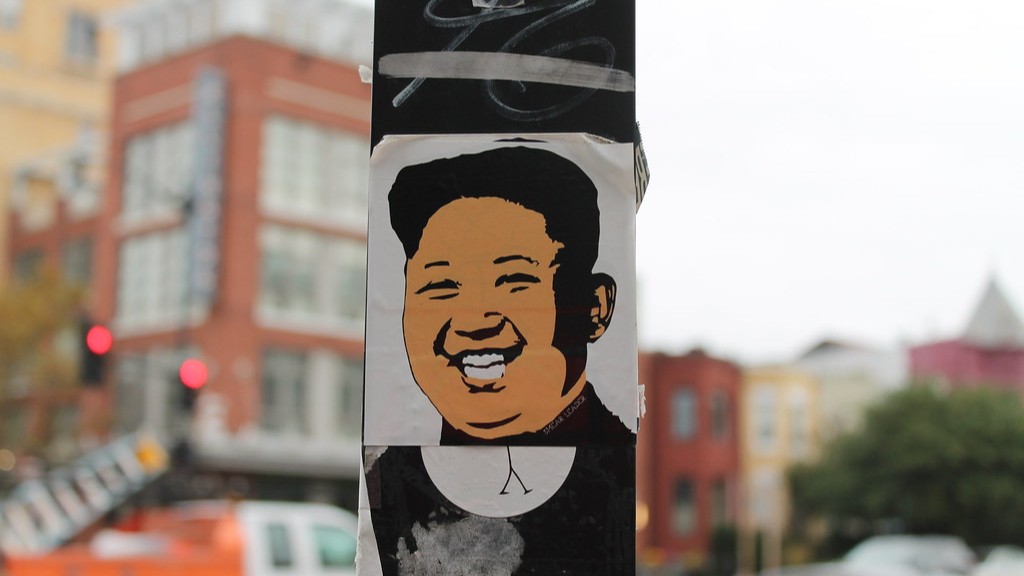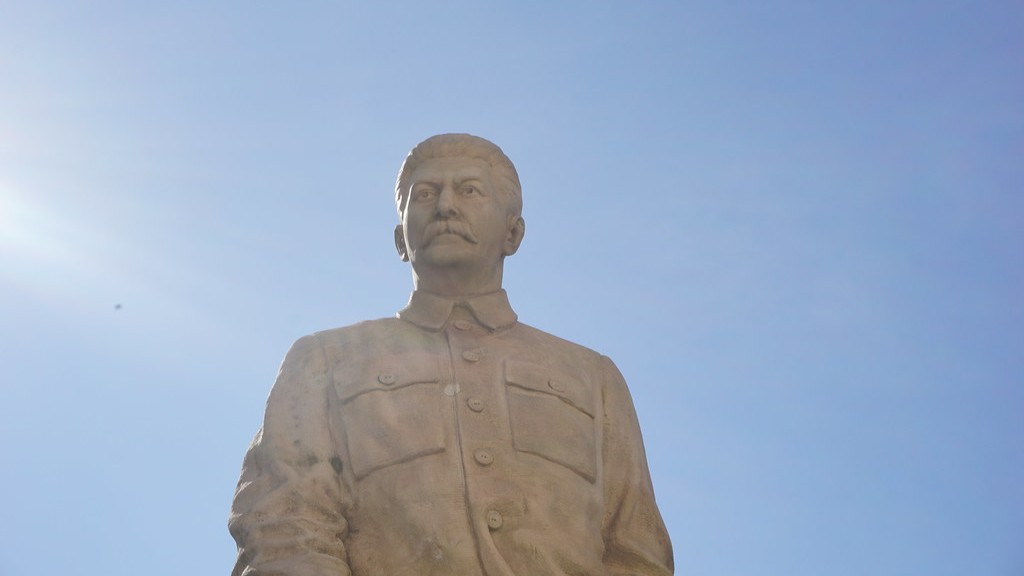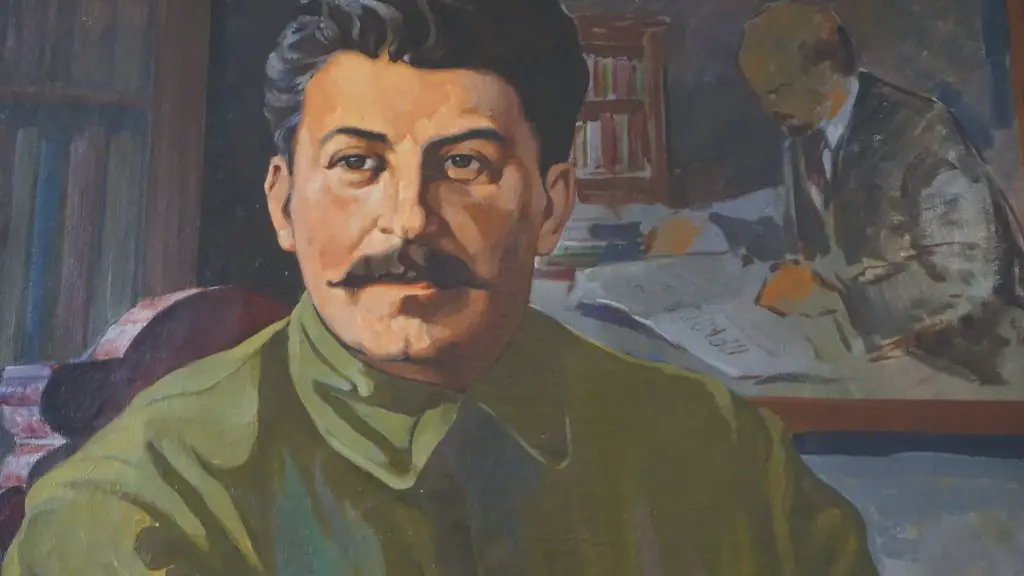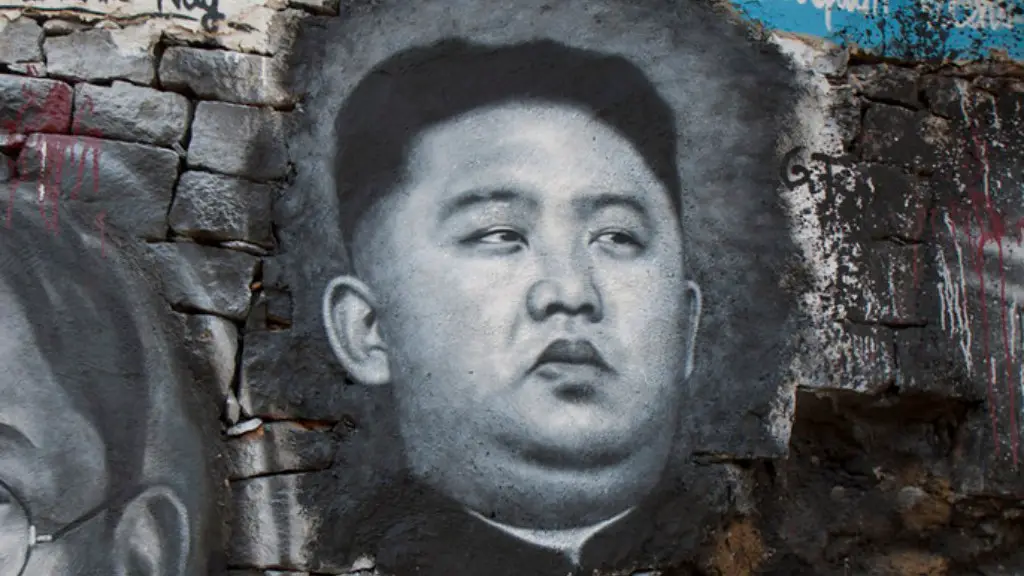Joseph Stalin is one of the most controversial and significant political figures of the 20th century. As the de facto leader of the Soviet Union from 1924 to 1953, Stalin’s lengthy reign oversaw some of the most significant events in world history including World War II, the development of the atomic bomb, and the Cold War. Stalin’s admirers credit him with transforming the Soviet Union from a backward, agrarian society into a world superpower; his detractors hold him responsible for the death and suffering of millions of people during his rule. There is no denying that Stalin was a complex and complicated figure, and the legacy he left behind is still being debated by historians and scholars today.
Joseph Stalin is one of the most controversial leaders in history. Some people believe that he was a great leader who improved the Soviet Union, while others believe that his actions led to the death and suffering of millions of people. There is no simple answer to this question.
What did Joseph Stalin do?
Joseph Stalin was one of the most powerful and brutal dictators of the 20th century. He held power as General Secretary of the Communist Party of the Soviet Union (1922–1952) and Chairman of the Council of Ministers of the Soviet Union (1941–1953). Initially governing the country as part of a collective leadership, he consolidated power to become a dictator by the 1930s. Stalin was responsible for the death and suffering of millions of people during his rule. He was a paranoid leader who was paranoid about being overthrown and so he kept tight control over the Soviet people through secret police and propaganda. Stalin was a ruthless leader who was willing to do whatever it took to stay in power.
There is a great deal of debate surrounding the legacy of Stalin and his impact on the Soviet Union. Stalin is considered by many to be a tyrant and a dictator, responsible for the deaths of millions of people. However, others argue that Stalin was a great leader who helped to build the Soviet Union into a world superpower.
What was Stalin’s cause of death
Cerebral hemorrhage is a type of stroke that occurs when an artery in the brain ruptures or bursts, causing blood to leak into the surrounding tissue. This can damage brain cells and lead to serious health complications.
Joseph Stalin, the former leader of the Soviet Union, died suddenly in early March 1953 after a short illness. Based on the clinical history and autopsy findings, it was concluded that he had died of a massive hemorrhagic stroke involving his left cerebral hemisphere.
The seven pilots mentioned in the passage were the first to be awarded the title of Hero of the Soviet Union, in recognition of their bravery and skill. These men were some of the most experienced and respected pilots in the Soviet Union, and their accomplishments are still remembered today.
How did Stalin treat religion?
From 1928 until World War II, the totalitarian dictator shuttered churches, synagogues and mosques and ordered the killing and imprisonment of thousands of religious leaders in an effort to eliminate even the concept of God. Some restrictions were relaxed during this time, but the dictator still maintained a firm grip on religious freedom. After the war, the dictator was overthrown and religious freedom was restored.
Joseph Stalin was the dictator of the Union of Soviet Socialist Republics (USSR) from 1929 to 1953. Under Stalin, the Soviet Union was transformed from a peasant society into an industrial and military superpower. However, he ruled by terror, and millions of his own citizens died during his brutal reign.
What did Stalin do to those who opposed him?
In the new form of Party organization, the Politburo, and Stalin in particular, were the sole dispensers of ideology. This effectively ended democratic centralism and meant that those party members who had opposed Stalin were effectively banned. This had the effect of solidifying Stalin’s power within the Party.
There are conflicting accounts of Stalin’s last words before he died. Some say that he angrily muttered about wolves, while others say that he simply made gurgling noises and had a malevolent look on his face. However,Joshua Rubenstein’s new book The Last Days of Stalin does not mention any last words, just the gurgling and the glance.
Who replaced Stalin
Khrushchev was a reform-minded leader who instituted a number of changes in the Soviet Union, including releasing political prisoners, destination of the cult of personality, and de-Stalinization. He also pursued a policy of peaceful coexistence with the West. However, his time in power was marked by a number of failures, including the Cuban Missile Crisis, and he was eventually ousted from power in 1964.
The major contributing factors to the famine include the forced collectivization in the Soviet Union of agriculture as a part of the First Five-Year Plan, and forced grain procurement, combined with rapid industrialization and a decreasing agricultural workforce. Sources disagree on the possible role of drought.
Who was the Soviet man who saved the world?
On September 26, 1983, Stanislav Petrov saved the world from a nuclear holocaust. He was on duty as a lieutenant colonel in the Soviet Air Defense Forces when he received a report that five American missiles were heading for the Soviet Union. Petrov had the power to launch a counter-attack but he chose instead to wait and see if the missiles were really coming. They weren’t, and Petrov’s quick thinking averted a nuclear war.
Most historians who believe that the United States won the Cold War agree that American victory was largely due to financial factors. The United States expended immense resources on proxy wars and the nuclear arms race, while the Soviets bled their own coffers dry in the process. American economic superiority was a major factor in the ultimate collapse of the Soviet Union.
Who was the most famous Soviet soldier
Zhukov was a Soviet marshal who was one of the most important military commanders during World War II. He was born in Kaluga province in 1896 and died in Moscow in 1974.
The Church was also restricted from owning land or buildings and from publishing religious literature. In addition, the Soviet government tightly controlled the selection of bishops and priests. Many religious leaders were arrested or exiled, and churches were closed. Despite these restrictions, the Orthodox Church remained an important part of Russian life and culture.
Was religion illegal in USSR?
The Soviet Union was an atheist state, meaning that the government aimed to gradually eliminate religious belief within its borders. The state never officially made religion illegal, but it did make great efforts to reduce the prevalence of religious belief within society. This policy was likely in part due to the fact that the Soviet Union was founded on atheist principles, and the government wanted to maintain a secular state.
The Russian Orthodox Church is the dominant religious institution in Russia, having been so for almost a millennium. It is also the most popular religion in the country. The church lost much of its property and power during the communist period, but has quickly regained both since the fall of communism.
Final Words
There is no definitive answer to this question as opinions will vary. Some people believe that Stalin was a great leader who improved the Soviet Union, while others believe that his reign was marked by terror and oppression.
Joseph Stalin was one of the most brutal dictators in history. He was responsible for the deaths of millions of people, and his rule was characterized by fear and terror. There is no question that Stalin was a bad leader, and his legacy is one of violence and oppression.
